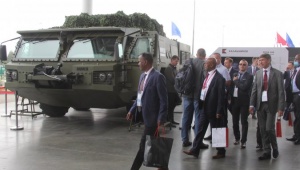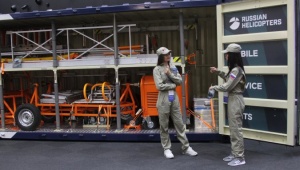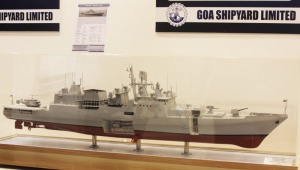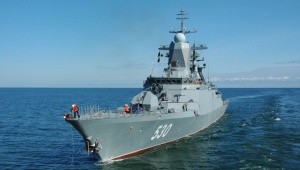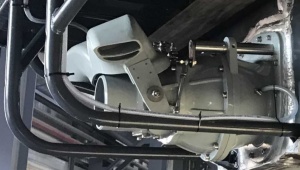The systems were designed by the Gromov Flight Research Institute late in 1980’s – middle 1990’s. Their purpose is to measure radio-navigation parameters and use that data to find coordinates and speed of highly dynamic objects. Such systems are intended to evaluate and analyze the accuracy characteristics of flight/navigation systems and onboard equipment of aircraft in real-time and post-flight modes.
Also, KBTI-M systems are capable to find aircraft takeoff/landing parameters, high-alpha flight performance, and carry out on-site noise evaluation.
Russian experts continue interacting with Indian partners, consulting them on the carrier's operation and maintenance of deck-based airplanes, Capt 1 Rank Igor Ryabko, the last commanding officer of ex-Admiral Gorshkov told Mil.Press Today.As for him, despite all rumors about Delhi’s complaints over Russian ship-based fighters MiG-29K, these jets remain basic for the ship. Again, delivery of equipment like KBTI-M looks quite logical then. Indian Navy regularly engage experts from Sevmash and other Russian companies to work on the ship, added the officer.
Aircraft carrier INS Vikramaditya was re-built from the heavy aircraft-carrying cruiser Admiral Gorshkov at Sevmash shipyard. The carrier was handed over to Indian Navy in November 2013. The ship accommodates up to 34 aircraft, including 24 fighters MiG-29K/KUB, helicopters Ka-28, Ka-31. The ship’s length is 285 meters; beam over deck is 60 meters; full displacement is 45,400 tons; max speed is 32 knots; operational range at 18 knots is 7,000 nautical miles; crew is 1,600 men, including over 100 officers.


















